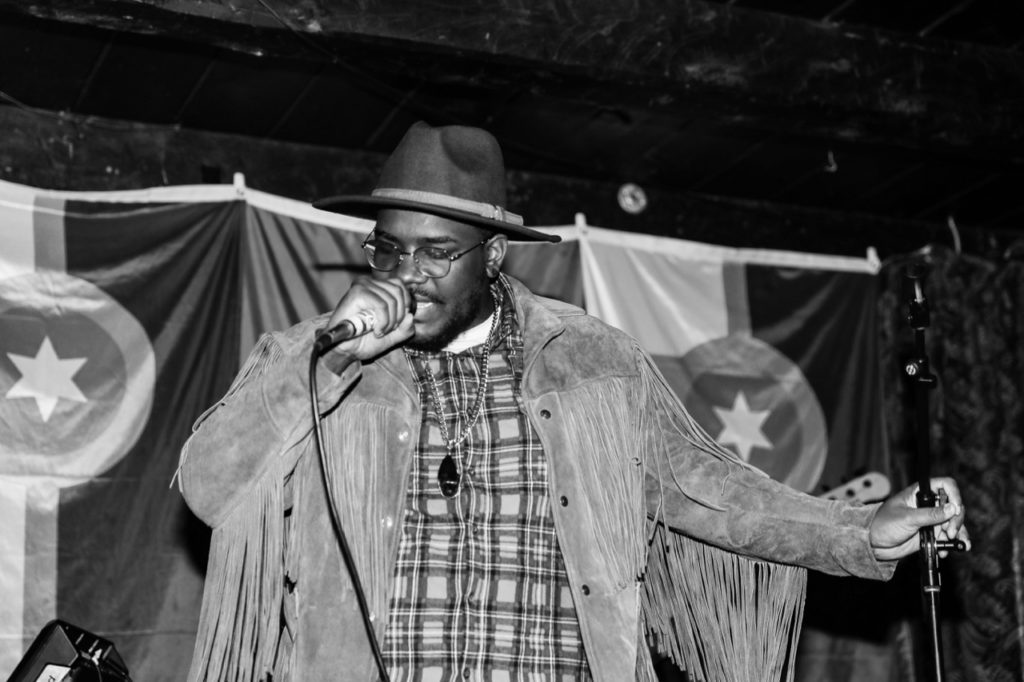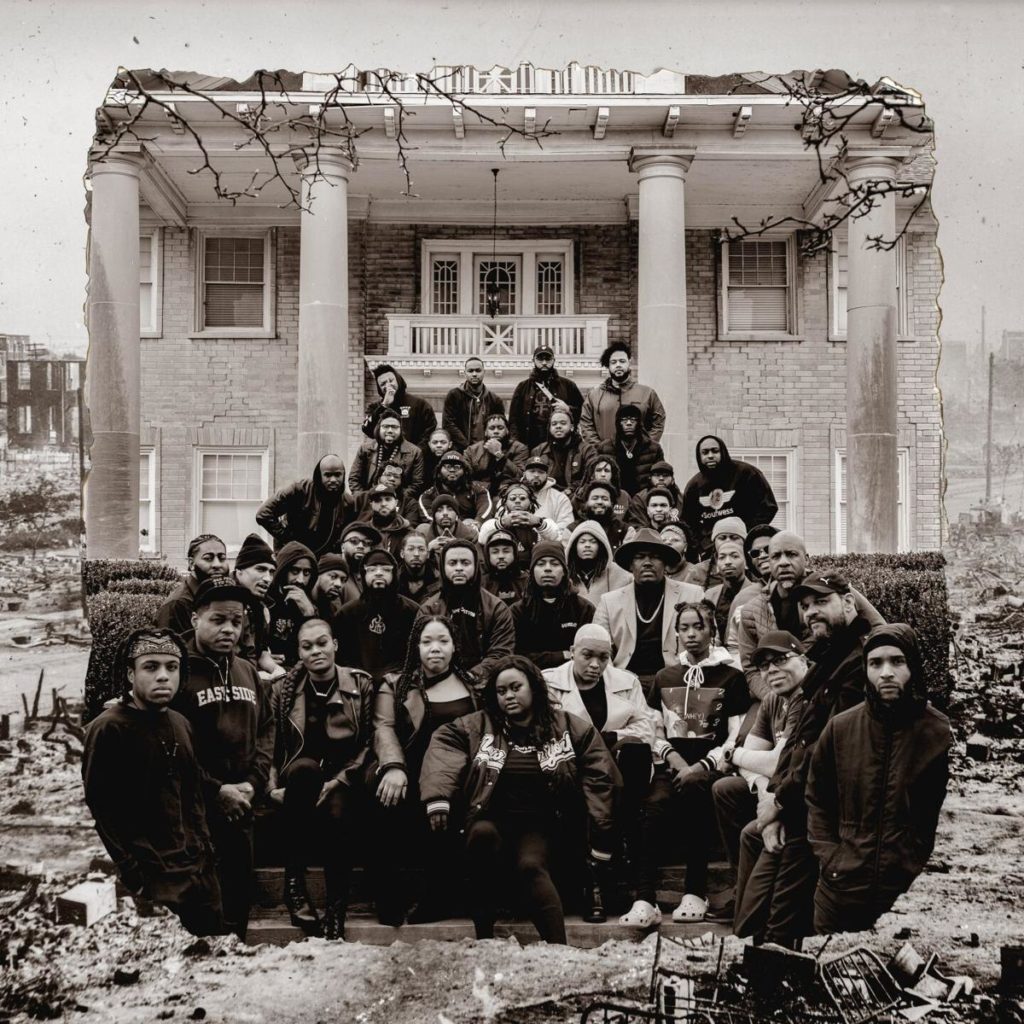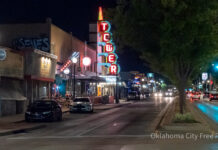Last Updated on April 22, 2021, 6:10 PM | Published: April 22, 2021
On May 30, 1921, a 19-year-old Black shoe shiner named Dick Rowland reportedly tripped accidentally in an elevator operated by 17-year-old Sarah Page in Tulsa’s Drexel Building. According to anecdotal reporting of the incident, he reflexively grabbed Page’s arm to break his fall, prompting a scream from the White teenage girl.
A clerk in Renberg’s, a clothing store on the building’s first floor, reported the incident as an attempted assault, and Rowland was arrested. The next day, The Tulsa Tribune ran a story with the non-grammatical headline “Nab Negro for Attacking Girl in Elevator.” A group of White men showed up at the police station to lynch Rowland while a group of Black men arrived to protect him.
Shots were fired and 12 people were killed. A group of White men, many of whom were deputized by local law enforcement, descended on the Greenwood District, along with seven planes that dropped firebombs on the area known as “The Black Wall Street.” Over the next 16 hours, 35 blocks of the Greenwood District were destroyed and hundreds of Black residents were killed.
Music and film
by Brett Fieldcamp
Sponsored by True Sky Credit Union

I grew up in Jenks, where the high school is just over 13 miles from the Greenwood District, and yet I never heard about the Tulsa Race Massacre. It was not mentioned in those awful, slim volumes of Oklahoma history from which the golf coach taught us in 10th grade. I did not learn about the massacre until I was a grown man working as a journalist, and it only recently became part of the state public schools curriculum.
Any discussion about Fire in Little Africa, a new hip-hop project featuring more than 30 Oklahoma rappers, a live band and a DJ, needs that extensive preamble so that more people understand what the project commemorates.
But Fire in Little Africa, which will be performed at 7 p.m. Saturday on the north lawn at Oklahoma Contemporary, 11 NW 11th St., will go a long way toward making this piece of history tangible and understandable in light of the nation’s continuing struggle with race relations.
“The archaeological excavations that are happening — looking for mass graves, all of that — I think helped to raise awareness that served as a spark to ignite a lot more cultural interest across the United States,” said Oklahoma Contemporary Artistic Director Jeremiah Matthew Davis. “You now have people like LeBron James who are posting about the massacre on social media.”
Executive produced by Tulsa hip-hop artist Steph Simon, Fire in LIttle Africa features rappers from Tulsa, Oklahoma City, and Lawton, including Ayilla, St. Domonick, Original Flow, Jacobi Ryan, Parris Chariz, Tizzi, and Jabee. In addition to live performances, Fire in LIttle Africa will be released as an album May 28 on Motown Records.
Davis attended Carver Middle School and Booker T. Washington High School, both of which are located in the Greenwood District, in the 1990s. He said that the massacre was part of the curriculum at both schools, but Davis characterized his education on the massacre as an outlier, both in Tulsa and the state at-large. But in the intervening years, the trauma and societal convulsions brought on by the massacre has informed popular culture, including HBO’s Watchmen and Lovecraft Country.

“So, I think at this point, there is a much broader recognition, and an understanding that, before there can be reconciliation, we need truth,” Davis said. “And part of that is investigating what happened, and raising awareness for the tremendous trauma that was visited upon Greenwood and Black Wall Street in 1921.”
Simon, who grew up in Tulsa and has become one of the most important hip-hop performers there, said that the creation of Fire in Little Africa was inspired by the moral and business underpinnings of the Black Wall Street. People who lived and worked in the district spent money at their neighbors’ businesses, creating a level of prosperity through interdependency that became the stuff of legend.
What I did know is the foundation of Black Wall Street, people working together,” Simon said. “Just taking that mentality and putting it into a collaborative album is all I wanted to do.”

In key ways, Fire in Little Africa is a reflection of how the Tulsa hip-hop scene took those lessons from the Greenwood District.
It’s really just looking at the bigger picture and putting other people before yourself,” Simon said. “That’s what creates community, and we have a strong rap scene, because everybody does their job and they play a role.”
While in-person tickets are sold out, the performance can be seen for free at oklahomacontemporary.org.
And, this!
One of the fastest-growing film festivals in Oklahoma, the OKCine Latino Film Festival features 10 feature films and 40 short films. The festival will take place online this year, Friday through Sunday, at historiccapitolhill.com/okcine-latino. Tickets are $20 to $100.
George Lang has worked as an award-winning professional journalist in Oklahoma City for over 25 years and is the professional opinion columnist for Free Press. His work has been published in a number of local publications covering a wide range of subjects including politics, media, entertainment and others. George lives in Oklahoma City with his wife and son.












